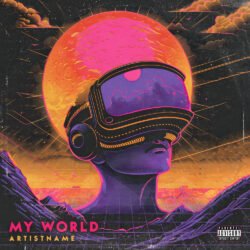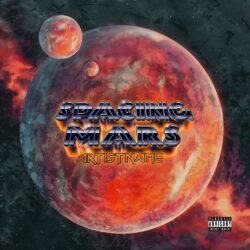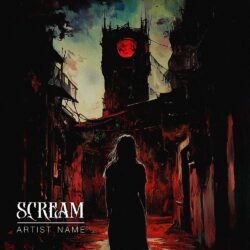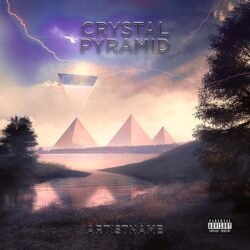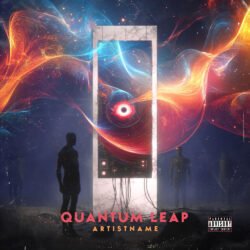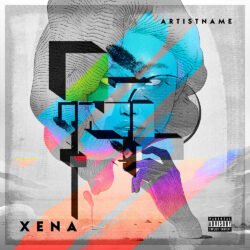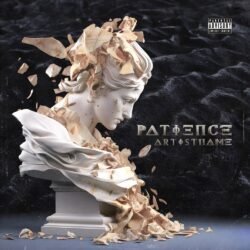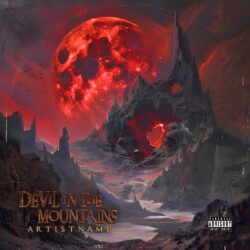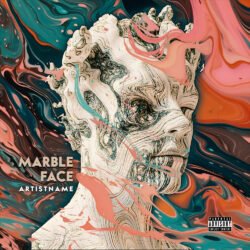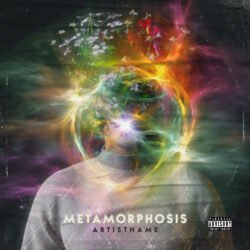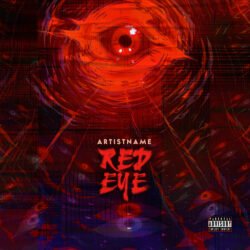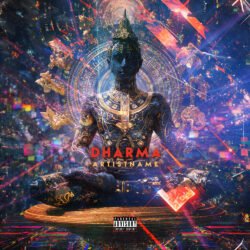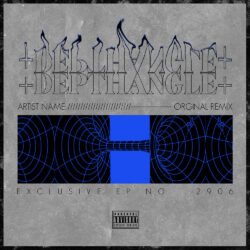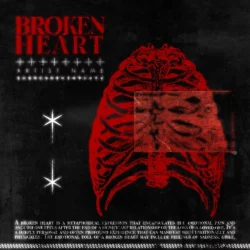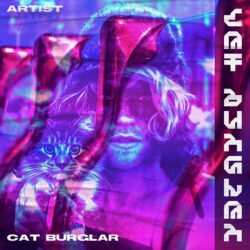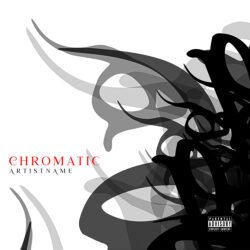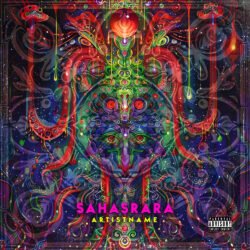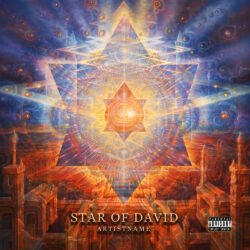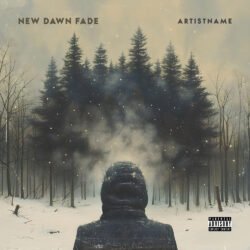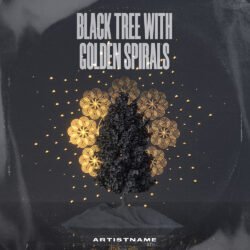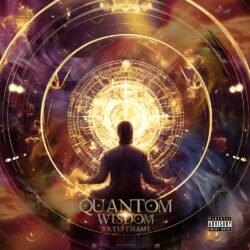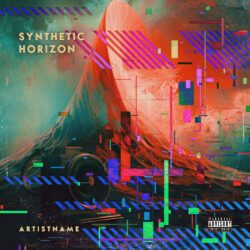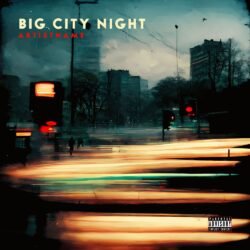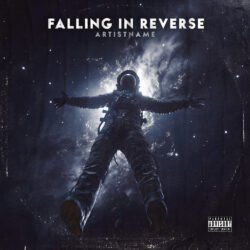Download exclusive premade techno music album cover designs and digital artworks for sale created by artists, for artists.
Can’t discover your artwork? We’ve got you covered! Buy cover artwork's job is to curate a collection of unique exclusive licenses download premade artworks for sale, also provide design services for artists, musicians, bands, singers, vocalists, DJs, producers, record labels, authors, content creators, distributors, and publishers with the collaboration of top artists, designers, and makers that would elevate music into visual imagery.
Covering every genre, from Detroit Techno, New beat, and Minimal techno, to Hardtechno. Grab your favorite Artworks (illustrations, images, photos, collages, and graphic arts) and use them for Albums, Singles, EPs, Posters, Merchandise and more on Distrokid, Spotify, Apple Music, Bandcamp, Soundcloud, Tidal, Deezer, and other Streaming, Publishing, and Printing Services. You also can turn them into a short looping animation and use it for streaming services like Spotify videos or YouTube and other social media like Instagram stories or TikTok.
A Dive Into Techno Music
Detroit techno
New Beat
Rave
Hardcore techno
Hardtek
(Free-)Tek(k)no
Ambient techno
IDM (Intelligent Dance Music)
Industrail techno
Schranz
Minimal techno
Tech house
Hardtechno
Ghettotech
Juke
Techno is a bit like an abstract painting: it is an impressionistic interpretation of the Funk groove inspired by futuristic visions, nihilistic views, electronic circuits, or the networks of the inner mind. It is the most introverted of all super-genres - the quiet thinker – who likes to fiddle with technology until the wee hours of the morning. More than anything else, Techno is the father of all electronic Dance. Together with House, it gave offspring to countless genres. Originally, Techno was more sociologically constrained than nowadays. Within Detroit, Techno was meant for the lower class citizens where Garage House was rather meant for upper class. House was fashion/design/hipster, whereas Techno was industrial/sweaty/funky. Although this chasm quickly faded when EDM landed in Europe, the spirit of the hardworking blue collar man still resonates deep within Techno’s soul.
If House is “Disco’s Revenge”, then Techno is without a doubt “Funk’s Revenge”. Techno bass lines are based on Funk grooves, but completely electronically made. Techno uses sounds that hover in between the natural and the artificial, between analogue and digital; sounds that may be real or may not. Techno’s funky groove becomes dance by introducing repetition and more pronunciation on each 4/4 beat. Bassline and beat work strongly together and are often deeper and harder than House. Each and every Techno track ever created has been a quest for finding the perfect rhythm through a careful combination of basslines and drum kicks. Techno is usually also a tiny bit faster than House, with average BPM ranging between 130 and 140. Strong influences from Electro, Techno’s direct forefather, surface through technological blips and sounds, which accompany the rhythm without becoming melody (like Trance) or ambience (like House). A very important aspect of Techno is that it’s the only Dance super-genre that is (almost) always instrumental. House, Trance, Hardcore and others often feature vocal samples. Techno almost never; it symbolizes the emancipation of electronic rhythm. The rhythm is the star, the front member; there is no need for voice.
The original “Belleville Three” Techno creators were strongly fascinated by science fiction and technology. Dreams of futuristic cities as in Ridley Scott’s “Blade Runner” formed a harsh contrast with the current state of their derelict home town; the city that had lost its motor: Detroit. In one sci-fi novel, “Techno City” by Alvin Snurr, they found a trademark name to distinguish their Funk-based music from the brand new Disco-based Chicago House. Techno House was the name of the new genre. The seamlessly futile yet critical decision at the time to release one of the first full records as simply “Techno” would righteously divide early EDM into two separate schools instead of one, with gargantuan consequences.
In the nineties, the word Techno becomes often used as an umbrella term for all Dance music. It is of course advisable to refrain from such confusing and incorrect terminology, but it does illustrate the exponentially rising popularity of the genre at the time. Real Techno is rather limited in its amount of subgenres; its purist and minimalist approach allow little room for a large variety of styles. Techno hasn’t produced new styles in quite some time. However, lately Techno has become popular in less expected parts of the globe, where it fuses with regional world music. In Mexico, Techno mixes with Norteña and becomes “Nortec” (or Tecno Rifa) and in Brazil a new genre emerges known as “Tecnobrega”. Although Techno has barely renewed itself since its inception, one must regard this as proof of Techno being perhaps the most timeless of all super-genres. Partly because voice and singer personality give music a temporal frame, a mortal dimension. Early adversaries claimed that the fad Techno would soon become outdated, especially as it was so technology bound. Yet after thirty years it still is the ultimate DJ failsafe, regardless what kind of crowd.




